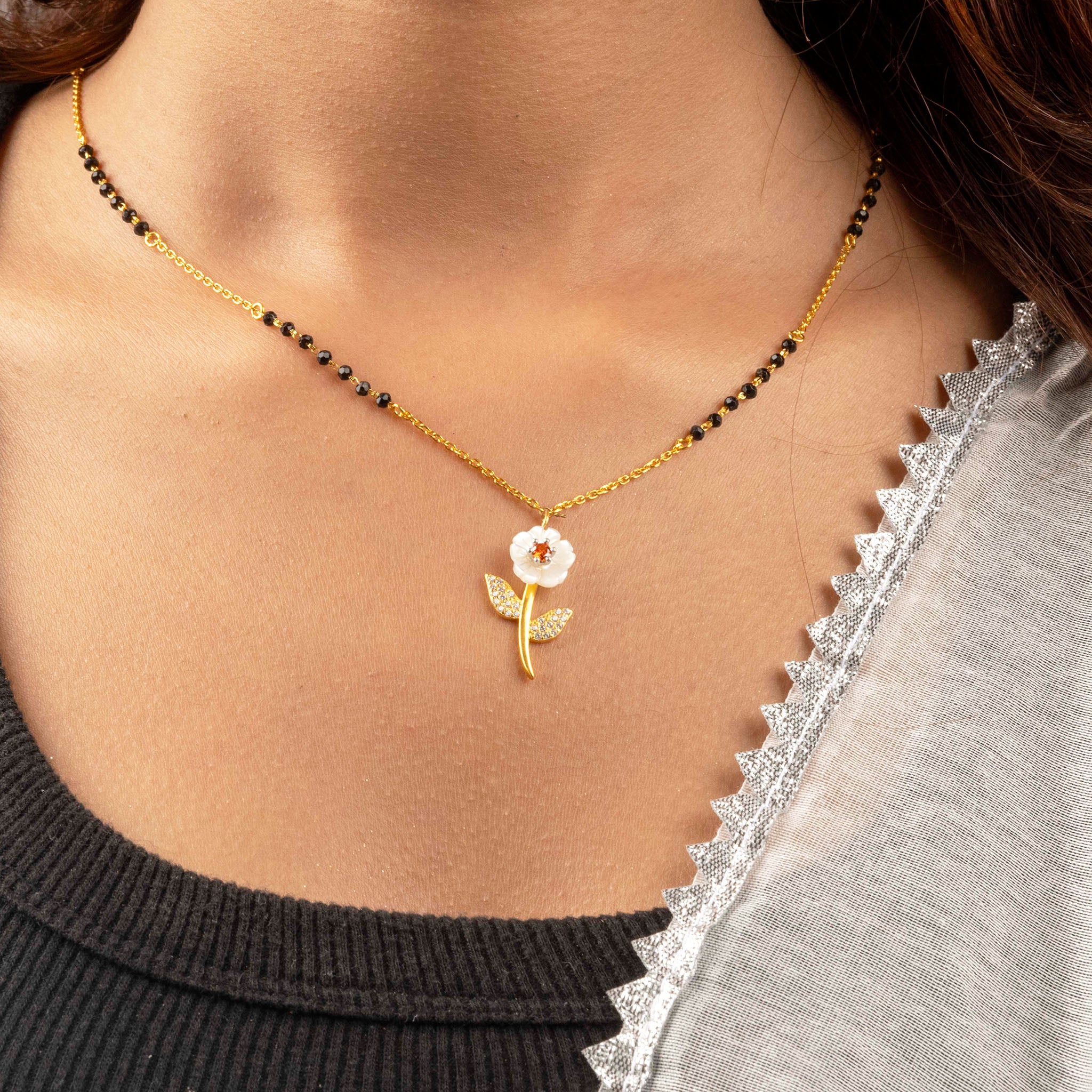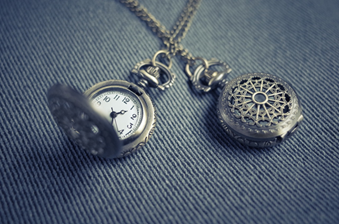
Indian craftsmanship in silver jewelry is a testament to the country’s rich cultural heritage and artisanal excellence. For centuries, Indian artisans have been creating exquisite silver jewelry pieces that reflect intricate designs, traditional techniques, and unparalleled craftsmanship. This blog explores the fascinating world of Indian silver jewelry, highlighting its significance, techniques, and the artistry that makes it a cherished accessory globally.
The Significance of Silver Jewelry in Indian Culture
Silver holds a special place in Indian culture and tradition. It is considered auspicious and is often used in various religious ceremonies, festivals, and rituals. Silver jewelry is not just an ornament but a symbol of purity, prosperity, and protection.

- Traditional Significance: Silver jewelry is a staple in Indian households, often passed down through generations as heirlooms. It is commonly worn during weddings, festivals like Diwali, and other auspicious occasions.
- Health Benefits: Traditionally, it is believed that wearing silver has health benefits, such as antimicrobial properties and the ability to improve circulation.
-
Economic Value: Silver jewelry is also viewed as a form of investment, retaining its value over time.
The Artistry of Indian Silver Jewelry
Indian silver jewelry is renowned for its intricate designs and meticulous craftsmanship. Each region in India has its own unique style and technique, contributing to a diverse and rich heritage of silver jewelry making.
1. Kundan and Meenakari Work
- Kundan: This traditional technique involves setting precious and semi-precious stones in gold or silver. The stones are placed in a framework of pure silver, creating elaborate and colorful jewelry pieces.

- Meenakari: Often combined with Kundan work, Meenakari involves the art of enameling. The surface of the silver jewelry is adorned with vibrant enamel colors, adding a striking visual appeal.
2. Filigree (Tarakasi) Work
- Technique: Filigree work, also known as Tarakasi, originates from Odisha. It involves creating intricate designs using thin silver wires, meticulously soldered together to form delicate and lace-like patterns.
- Designs: This technique is used to craft a variety of jewelry pieces, including necklaces, earrings, bangles, and rings. The intricate and lightweight designs are perfect for both casual and formal occasions.
3. Temple Jewelry
- Origin: Temple jewelry is traditionally crafted in the southern states of India, especially Tamil Nadu and Karnataka. Originally designed for adorning deities in temples, it has now become popular among brides and classical dancers.
- Features: This style of jewelry is characterized by its elaborate and heavy designs, often featuring motifs of gods, goddesses, and floral patterns. Silver is commonly used, sometimes with gold plating.
4. Tribal Jewelry
- Cultural Heritage: Tribal communities in India, such as those in Rajasthan, Gujarat, and the northeastern states, have their own unique silver jewelry traditions.
- Designs: Tribal silver jewelry is bold and chunky, often featuring motifs inspired by nature and tribal symbols. These pieces are handcrafted using traditional techniques passed down through generations.
Techniques and Tools
The creation of silver jewelry in India involves a combination of traditional techniques and modern tools. Some of the prominent methods include:

- Handcrafting: Many artisans still rely on age-old techniques of handcrafting, where each piece is meticulously crafted by hand, ensuring uniqueness and attention to detail.
- Casting: This technique involves pouring molten silver into molds to create jewelry pieces. It allows for the creation of intricate and detailed designs.
- Hammering: Hammering is used to create textures and patterns on the surface of the silver jewelry. This technique adds depth and dimension to the pieces.

While rooted in tradition, Indian silver jewelry has evolved to cater to contemporary tastes and trends. Designers are now blending traditional techniques with modern aesthetics to create pieces that appeal to a global audience.
- Fusion Designs: Modern silver jewelry often features a fusion of traditional Indian designs with contemporary elements, making it versatile and suitable for various occasions.
- Customization: With the rise of personalized jewelry, many artisans and designers offer customization options, allowing customers to create unique and meaningful pieces.
- Sustainability: Silver is a sustainable choice for jewelry, and many artisans are adopting eco-friendly practices in their craftsmanship, such as using recycled silver and ethical sourcing of materials.
Conclusion
Indian craftsmanship in silver jewelry is a celebration of tradition, artistry, and cultural heritage. From intricate Kundan work to bold tribal designs, each piece tells a story of skilled artisans and timeless beauty. As the world continues to appreciate the elegance and versatility of silver jewelry, the legacy of Indian craftsmanship shines brighter than ever. Embrace the artistry of Indian silver jewelry and add a touch of timeless elegance to your collection.
















